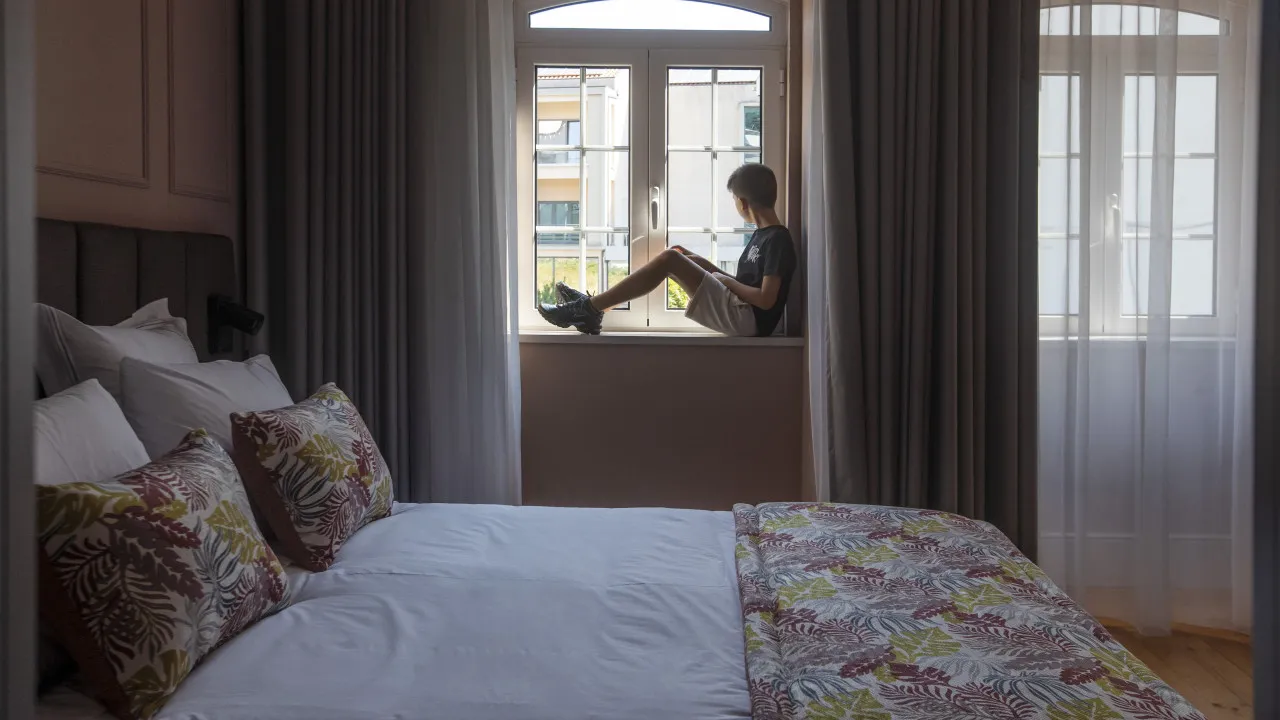
According to the AHP Hotel Snapshot released today, total revenues reached 956 million euros, marking a 5% increase compared to the same period last year. The performance was influenced by the Easter calendar, which in 2025 occurred in April.
The domestic market was the main growth driver, with a 5% increase in resident guests and a 3% rise in overnight stays. Among non-residents, the number of guests remained almost stable (up by 0.2%), but overnight stays decreased by 2%.
The regions of the Setúbal Peninsula and the Azores stood out with a 10% increase in guests and a 7% rise in overnight stays. Madeira led in profitability indicators, boasting an occupancy rate of 71% (up 3 percentage points), an average room rate (ARR) of 103 euros (up 16%), and a revenue per available room (RevPAR) of 73 euros (up 21%).
Among the main source markets, the United States showed positive trends (up 2% in guests and 1% in overnight stays), while Poland recorded the highest percentage growth (up 26% in both indicators), though it still represents a small share. Spain, the United Kingdom, and France experienced declines attributed to the calendar effect.
In the quarter under review, national airports handled 13.7 million passengers (up 2%). Two new routes—Funchal/Amsterdam (EasyJet) and Lisbon/Warsaw (LOT Polish Airlines)—positively impacted tourist flow.
According to the Bank of Portugal, tourism represented 13% of exports of goods and services in the quarter, generating revenues of 4.9 billion euros (up 4%). The United Kingdom remained the primary source market, followed by Germany (up 4%) and the United States (up 8%).
The AHP estimates the opening or reopening of 47 rural and residential tourism establishments, 11 hotels, three camping and/or caravanning parks, and one aparthotel.
Cristina Siza Vieira, the executive vice-president of AHP, highlights that “the domestic market drove the hotel sector,” warning that “shorter stays by residents do not fully compensate for the lost volume in overnight stays from international markets.”
Data from April and May confirm the internal demand growth trend, which “invites reflection,” adds the executive.
The AHP leader also notes that the behavior of international markets in the first quarter, and in the aforementioned months where there was again a year-on-year increase, “is also a sign of vitality and, unsurprisingly, that Portugal’s positioning in source markets is neither uniform nor static.”




